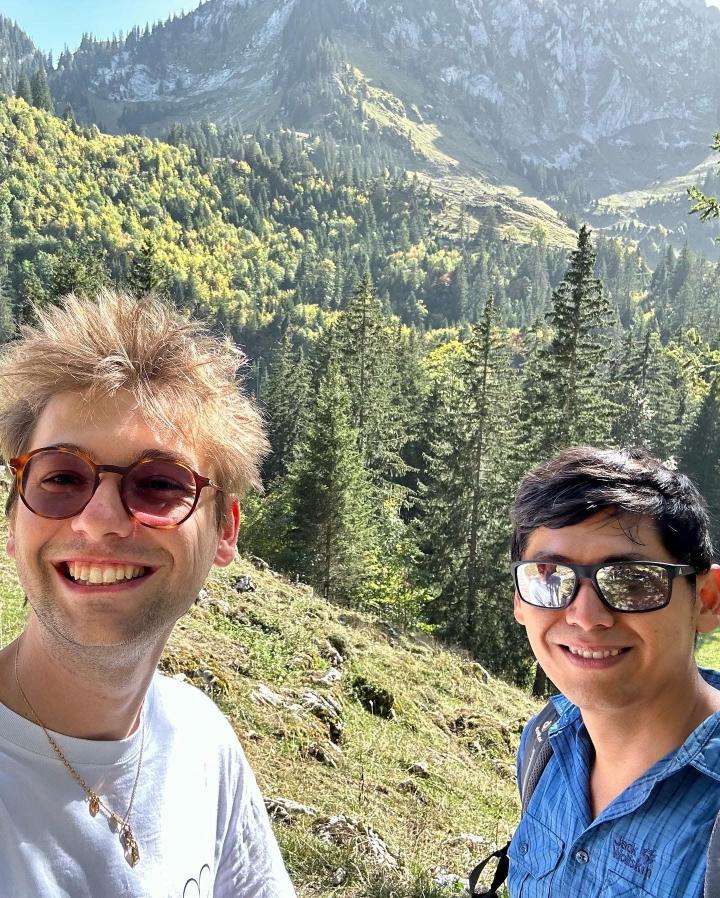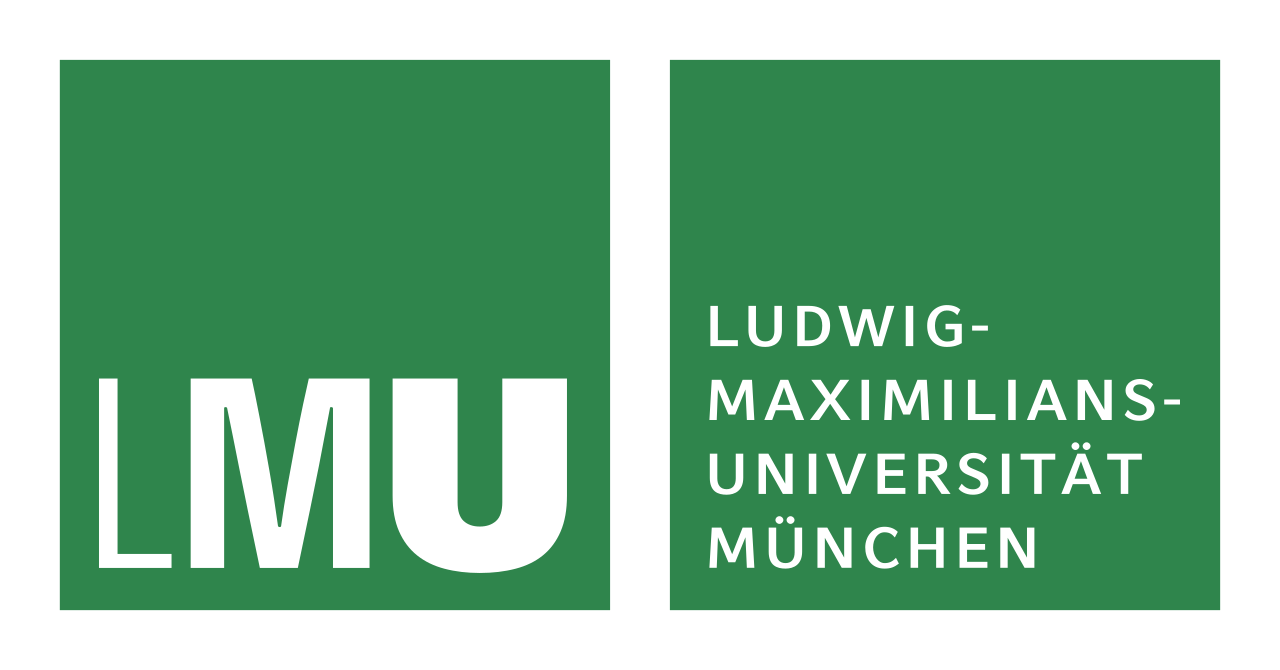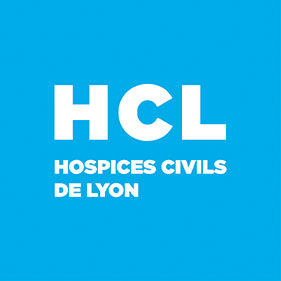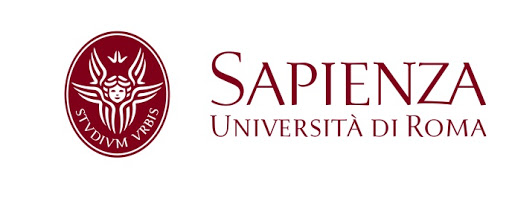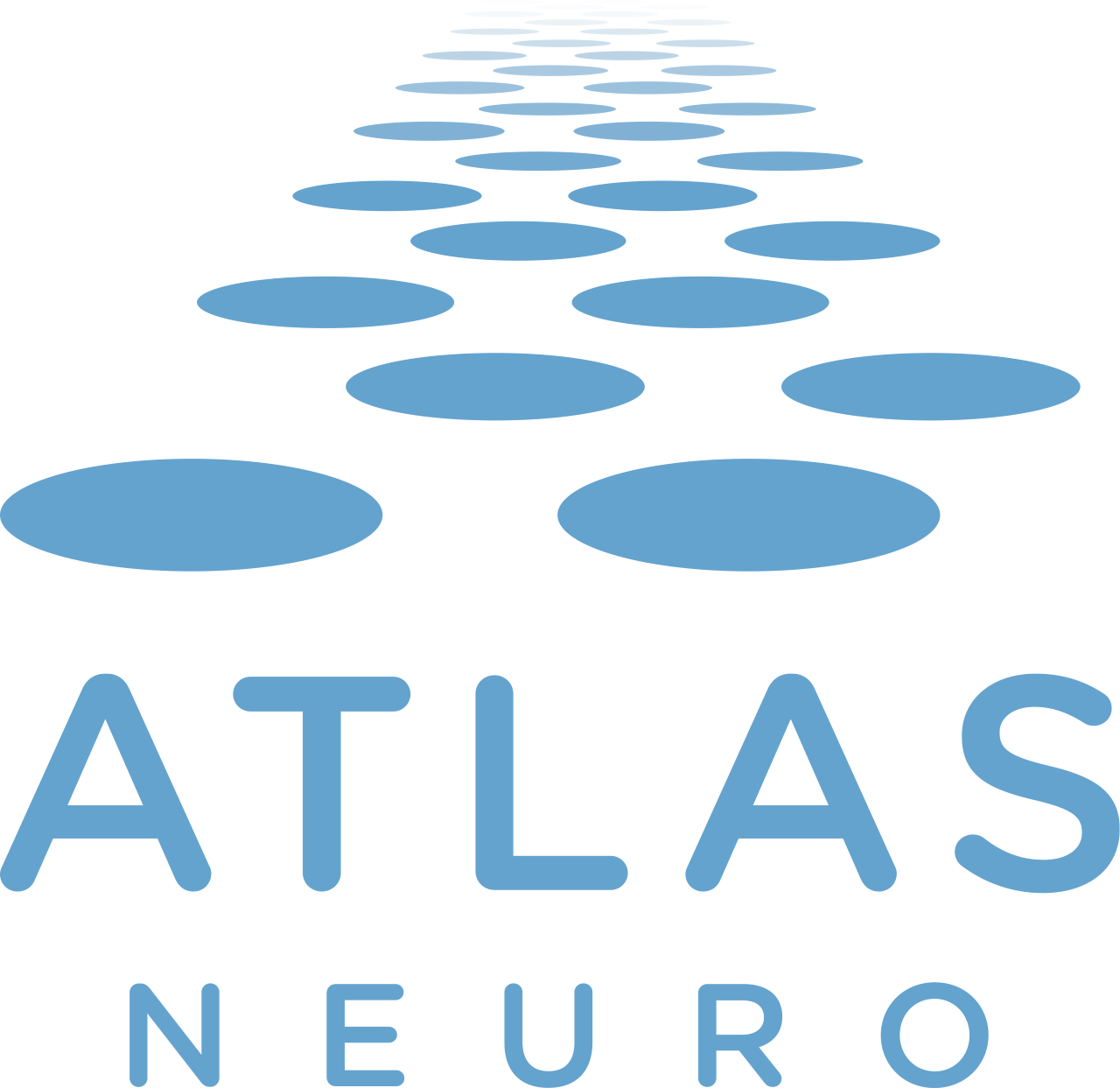ESR 9
Local circuits and long-range neuronal interactions that mediate cognitive functions
- Early Stage Researcher 9 (ESR 9) name: Emile Caytan
Email address: emile.caytan@gmail.com
Personal Information:
My research interest boils down to answering one exciting and fundamental question: how does the human brain work? I want to explore different aspect of neuronal interaction that mediate cognitive and motor functions to try to understand how such activity might give rise to complex behaviour as we know it.
Graduated in life sciences in 2019, I obtained a Master’s degree in integrative physiology/biology and Management of preclinical experimentation at the University of Caen-Normandy, France. My academic background combines theoretical and practical training in preclinical experimentation in the field of integrative neuroscience with research experience in various preclinical models including non-human primates. In 2021, I worked as an intern at The Institute de Neurosciences de la Timone (CNRS, Marseille, France) where I studied the visuomotor system using subcortical electrophysiology.
I am now working as an ESR/PhD student at the Institute of Applied and Computational Mathematics of the Foundation for Research and Technology Hellas (FORTH, Crete) where my research focus on the neural mechanisms of perceptual and cognitive functions.
- Host Institution: Institute of Applied and Computational Mathematics, Foundation for Research and Technology (FO.R.T.H.) Heraklion, Greece
- Supervisors: Prof G.G. Gregoriou, Prof V. Raos
- Project title: Local circuits and long-range neuronal interactions that mediate cognitive functions
- Project description:
Cognitive functions such as visual attention and working memory that require dynamic routing of information and flexible allocation of resources are believed to be controlled by higher order areas in the prefrontal and parietal cortices. However, little is known about the mechanisms that implement such selective routing of information and the contribution of distinct anatomical entities and neuronal populations in these cognitive processes. To address this issue, we examine how cortico-cortical neuronal interactions across higher order areas and visual areas are modulated by anatomy and task demands, in monkeys performing visual attention and working memory tasks. The recording techniques involve targeted electrophysiological approaches that employ multi-laminar electrode recordings of spike and LFPs and electrical microstimulation.
Contact: email Prof Gregoriou
More information:
- Secondments:
(1) Aix-Marseille University
(2) University of Fribourg, from 18/09/23 to 19/10/23
During my secondment at the University of Fribourg, Switzerland, under the guidance of Prof. Michael Schmid, I focused on exploring the applications of optogenetic stimulation in the macaque primary visual cortex (V1). This initiative aimed to deepen our understanding of the generation and characteristics of phosphenes (perceived flashes of light) induced by optogenetic modulation. Ultimately, this could represent a significant advancement in the development of cortical prostheses for addressing blindness and a deeper comprehension of how vision can be improved in diseased conditions. A key aspect involved the training to specific tasks, teaching subjects to discern and respond reliably to optogenetically induced phosphenes. I contributed to optimizing training protocols and gained hands-on experience in optogenetic manipulation methods specific to non-human primates (NHPs). The use of an original viral construct allowed for more specific targeting during local transfection in the visual cortex. My involvement extended to the analysis of previous neural data, exploring the similarities between optogenetically induced phosphenes and visual stimuli. By identifying differences in neural activity patterns, I sought to understand the underlying mechanisms of exogenous modulation in V1. This secondment significantly enhanced my research and practical skills, providing valuable insights into the complexities of stimulations techniques in NHPs. Moving forward, unraveling these complexities will be crucial for maximizing the potential applications of such approaches in my current and future research endeavors.
